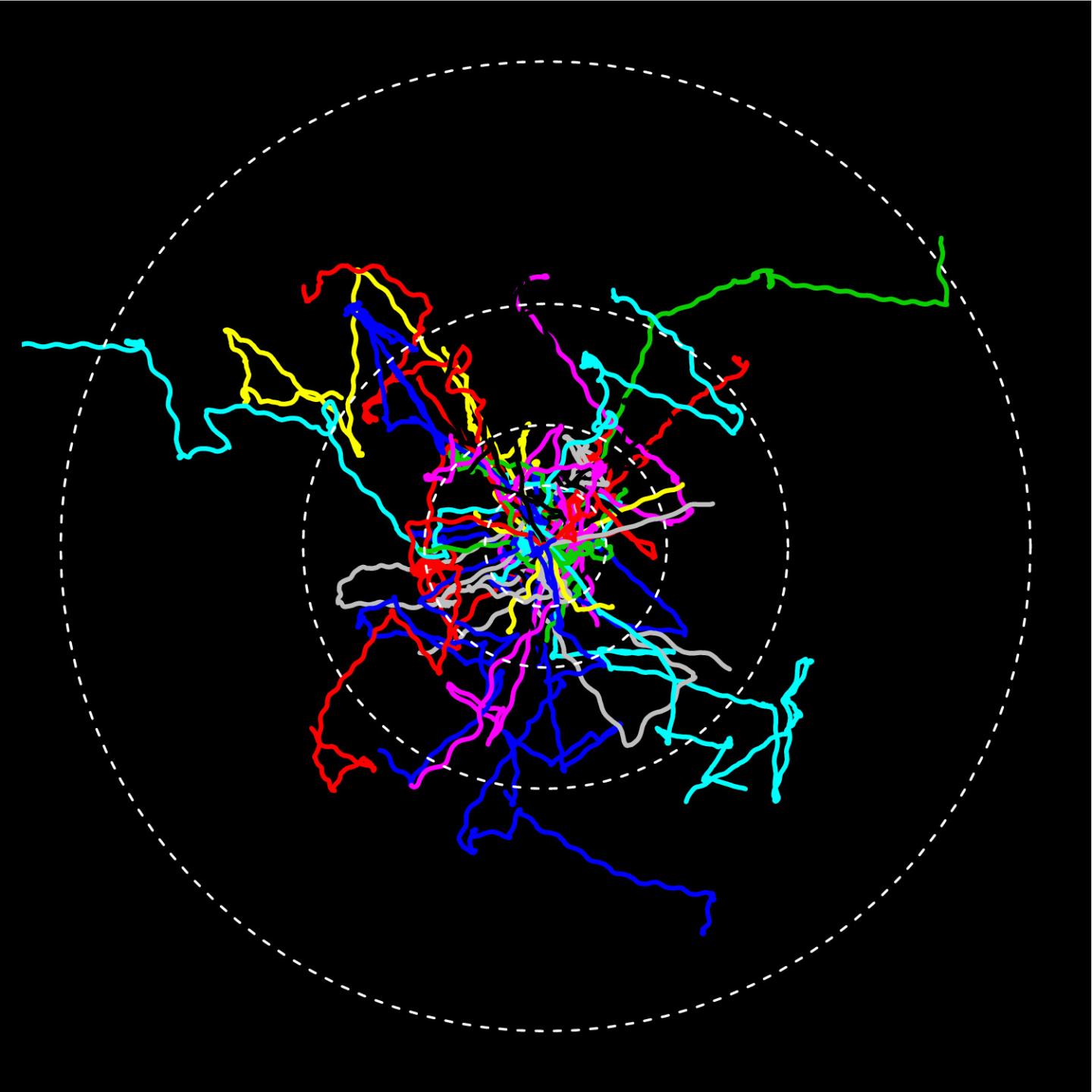Invasive plants animals and plants spreading is not new but predicting the dynamics of these invasions is difficult - and of great ecological and socioeconomical interest. Scientists at Eawag and University of Zurich are now using computer simulations and small artificial laboratory worlds, to study how rapid evolution makes invaders spread even faster.
Due to worldwide mobility, aggregation of markets and other human impacts more and more animals, plants and pathogens are transported to countries and even continents in which they had never been found before. In new environments invaders often spread through the landscape at alarmingly high rates.
Resident species on the other hand, may be forced to spread beyond their original habitat - also as a consequence of global climatic changes. Scientists, managers and policy makers recognize that accurately predicting such invasions and range expansions is crucial because invasive species may cause serious ecological and socio-economical costs.

Spatial spread of organisms in small artificial laboratory worlds. The movement paths were recorded using video microscopy. Credit: Eawag
At the same time critically endangered species may be crucial for human wellbeing because they provide important ecosystem services and functions. In the latter case designing appropriate conservation measures also relies on knowledge about where this species will occur in the future.
Rapid evolution for protozoa within a few days
Unfortunately, most of these predictions have turned out to be flawed: models usually predict slower invasions than one can observe in nature. In recent years, however, is has become clear that one critical and powerful process has been missing from all these considerations: rapid evolution. In contrast to the widely held notion that evolution is slow scientist now agree that evolution may be very rapid and occur in very few generations. Thus, depending on the organism, evolution might occur within just a few years to months and even days.
A team of theoretical and experimental biologists around Dr. Emanuel Fronhofer and Prof. Florian Altermatt from Eawag and University of Zurich have now brought research on global scale patterns, like invasions and range expansions, to the laboratory. By using small artificial worlds in the laboratory and powerful computer simulations they can study and observe in real time the course of rapid evolution during species invasions and range expansions.
The researchers could show experimentally that rapid evolution makes invading species spread even faster, which explains why previous models underestimated expansion speeds. At the same time these rapid evolutionary changes feed back in complex ways on ecological patterns, such as the spatial distribution of population densities.
"Obviously rapid evolution helps species to spread faster," says Fronhofer, "The longer we continued our experiments the faster the ciliates were swimming compared to previous generations."
With their findings the researchers from Zurich are observing a similar process like other scientists discovered with cane toads in Australia: This poisonous species, brought from America, spreads faster and faster like a disease over the whole continent. Animals at the invasion front develop stronger legs, move faster and cover longer distances.
Published in Nature Communications.




Comments